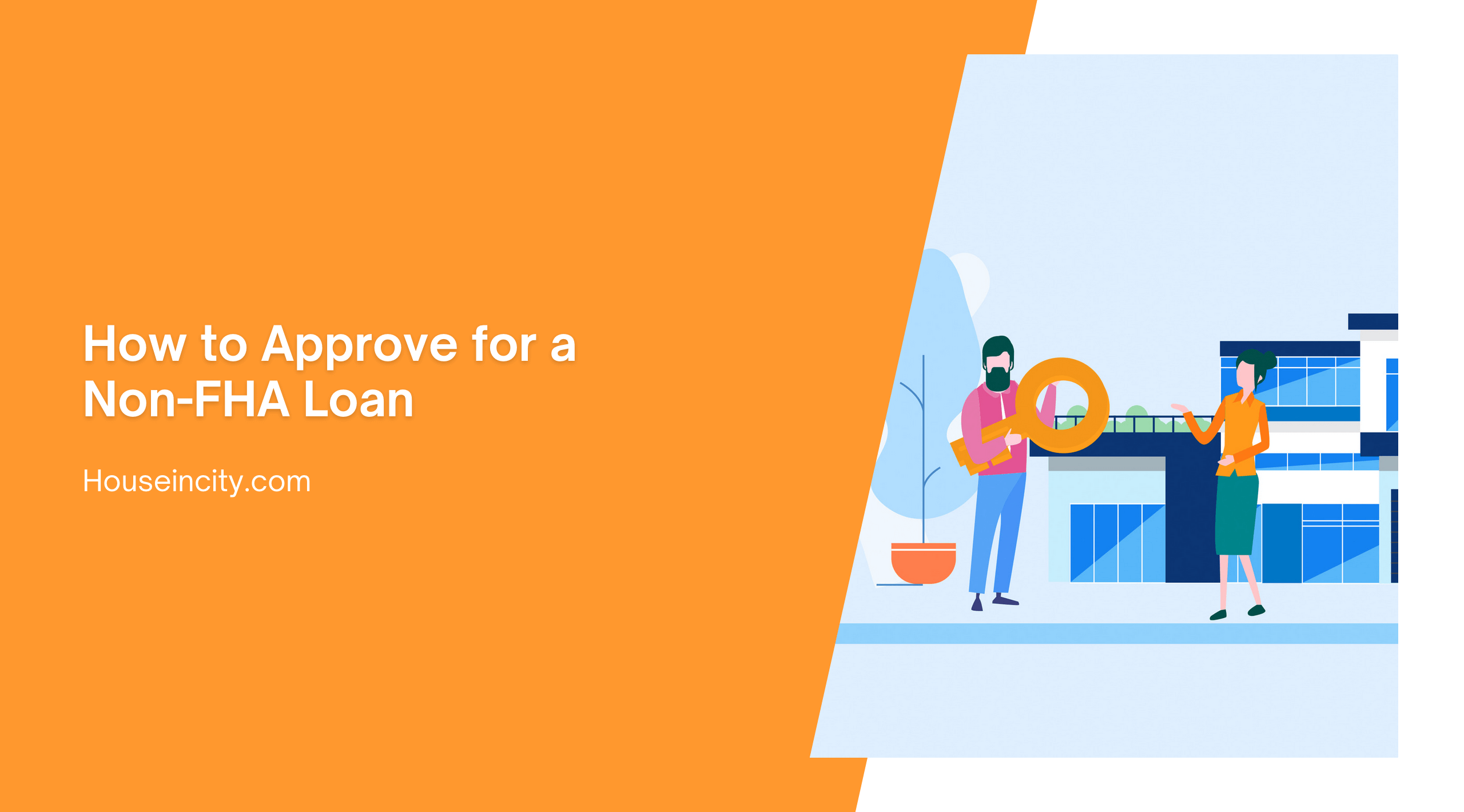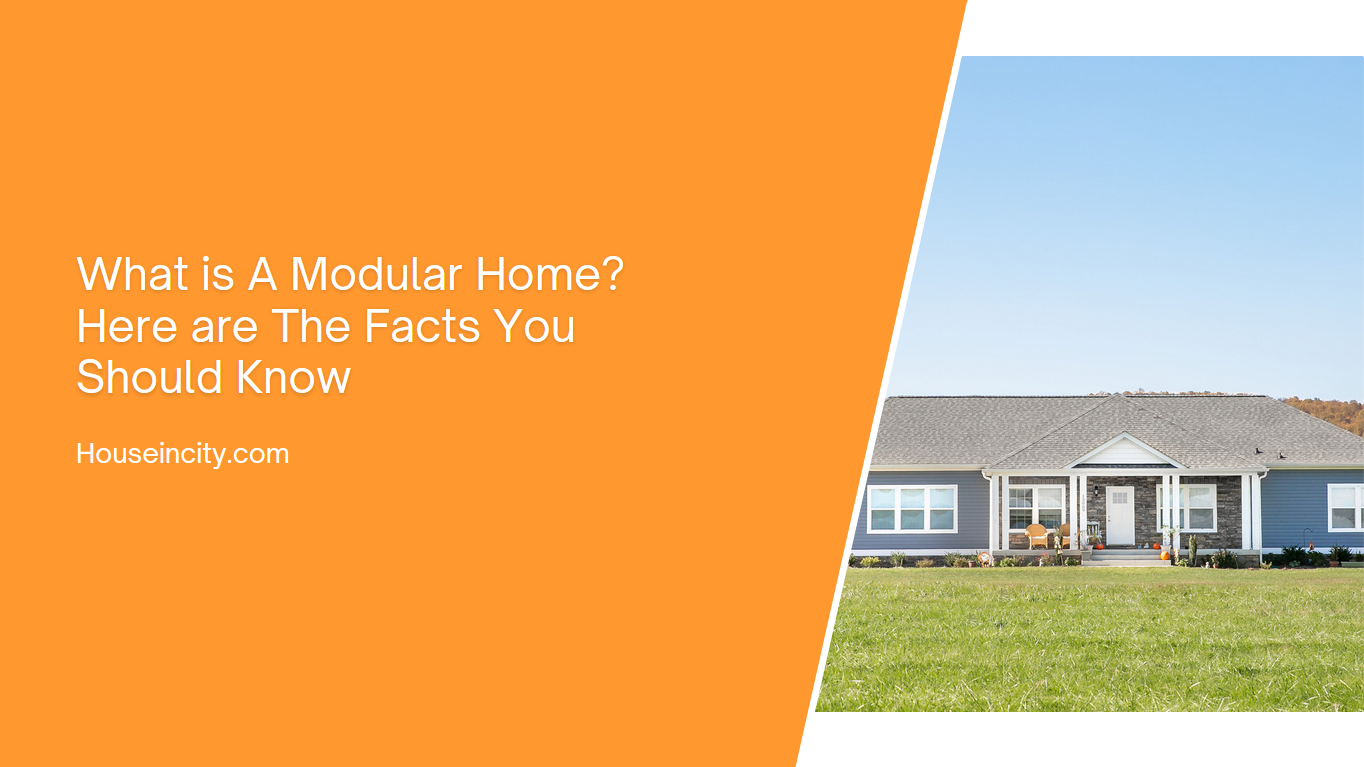Even before the “meltdown” in certain parts of the mortgage industry, there was a great deal of misunderstanding and misinformation – some of which was fostered by mortgage companies – concerning the fees and costs associated with mortgage finance. Consumers have been bombarded by ads all over the media, promising them “No Points! No Fees! Lowest Rates Anywhere! It’s a No-Brainer!”
It is true that many have been given loans that they didn’t understand, and which ultimately worked against their best interests; but these situations may be more attributable to loan officers too eager to earn a commission at the expense of their clients than to any one type of mortgage.
When we go shopping for a new car or computer, we pride ourselves on doing research before the purchase. We learn the terminology, technology and features and shop carefully for the best value.
We should do exactly the same thing in the realm of mortgage finance. What follows should help shed some light on a poorly-understood subject.
The first thing to keep in mind is that anytime we do anything with real estate-buy it, sell it or refinance it-certain costs will always incurred. In most states, there will be an escrow fee and title insurance. An appraisal will be performed. Lenders will open and process paperwork in a variety of ways. Documents will be prepared. Deeds will be recorded. Each of these steps incurs a cost, the “non-recurring closing costs.” These are fees and expenses incurred only because of the new loan, and only one time, hence the name.
A “no-fee” or “no-cost” loan means one of two things: that the non-recurring costs are being added to the loan balance; or that the costs are being paid on behalf of the borrower by someone else. The first instance is in no way a “no-cost” loan because the costs are simply being paid over time by the borrower. This type of loan scenario is often used to mislead the borrower-they see “nothing out of your pocket” as being the same as “no fees.”
A “no cost” loan, when that term is used properly, means that the borrower does not pay-or add to his loan balance-any non-recurring closing costs. This type of loan is not “good” or “bad;” it is simply one approach for financing real estate.
A loan originator (whether a broker or banker) derives income for doing work on behalf of a client, typically between 1% and 2% of the loan amount. From that sum, the company’s overhead is paid and the loan officer receives a commission. The revenue paid to the mortgage company can come from either or both of two sources: “points” (a percentage of the loan amount) paid by the borrower at the origination of the loan; and a “rebate” (technically called a “yield spread premium”) paid by the mortgage banker to the mortgage company. The rebate is tied to the interest rate charged; if the borrower pays no points, the loan originator will be paid exclusively from the rebate. If the borrower pays no points, the loan officer would select a rate with a 1.5% rebate-approximately 6.25% at today’s market (10/26/2007) ^example. If the borrower wants a lower rate, he can pay a one-time fee to “buy down” the rate permanently. Paying one point (one percent of the loan amount) will reduce his rate to 6% from 6.25%. The loan originator will receive the same 1.5% for performing the work-but in this instance, .5% will come from the rebate and 1% from the borrower.
Each point paid by the borrower typically reduces the interest rate by .25%. The borrower will “break even” and recover that fee in approximately four years. A borrower should decide at the outset whether he expects to have that loan in place for significantly longer than four years; if he pays the loan off through sale or refinance within, say, two years, the overall cost of the loan will be higher than if he had taken a higher rate without paying a point.
For a “no cost” loan, the loan officer selects an interest rate and associated rebate sufficient to cover the non-recurring closing costs. For a $300,000 loan, for example, this will run to approximately $3,000. If the rebate for a 6.5% loan is 2.5%, there will be a total of $7,500 paid in rebate. Of this, $3,000 would be allocated to pay the borrower’s non-recurring costs, with the remaining $4,500 (1.5%) going to the loan originator.
Paying the higher interest rate will obviously generate a higher monthly payment; in this example, each .25% added to the interest rate will increase the payment by $49.05 per month.
Just as in other aspects of life, mortgages involve trade-offs. We can “buy down” the rate by paying points at the origination, but have a larger sum to recover over time; we can decide not to pay any points in exchange for a slightly higher interest rate but recover those closing costs more quickly; or, finally, we can increase the rate further to avoid paying any closing costs at all, thereby reducing the recovery time to zero.
As consumers, we are faced with decisions every day. Those involving the financing of real estate do not occur very often for most of us, but there is a greater need than ever to gain essential knowledge about the principles and process involved, so we can arrive at those decisions that will serve our best interests. We should also examine claims made by people who operate under ignorance or untested assumptions, or who are driven by their own hidden agenda, so we can determine what is actually best for us.


